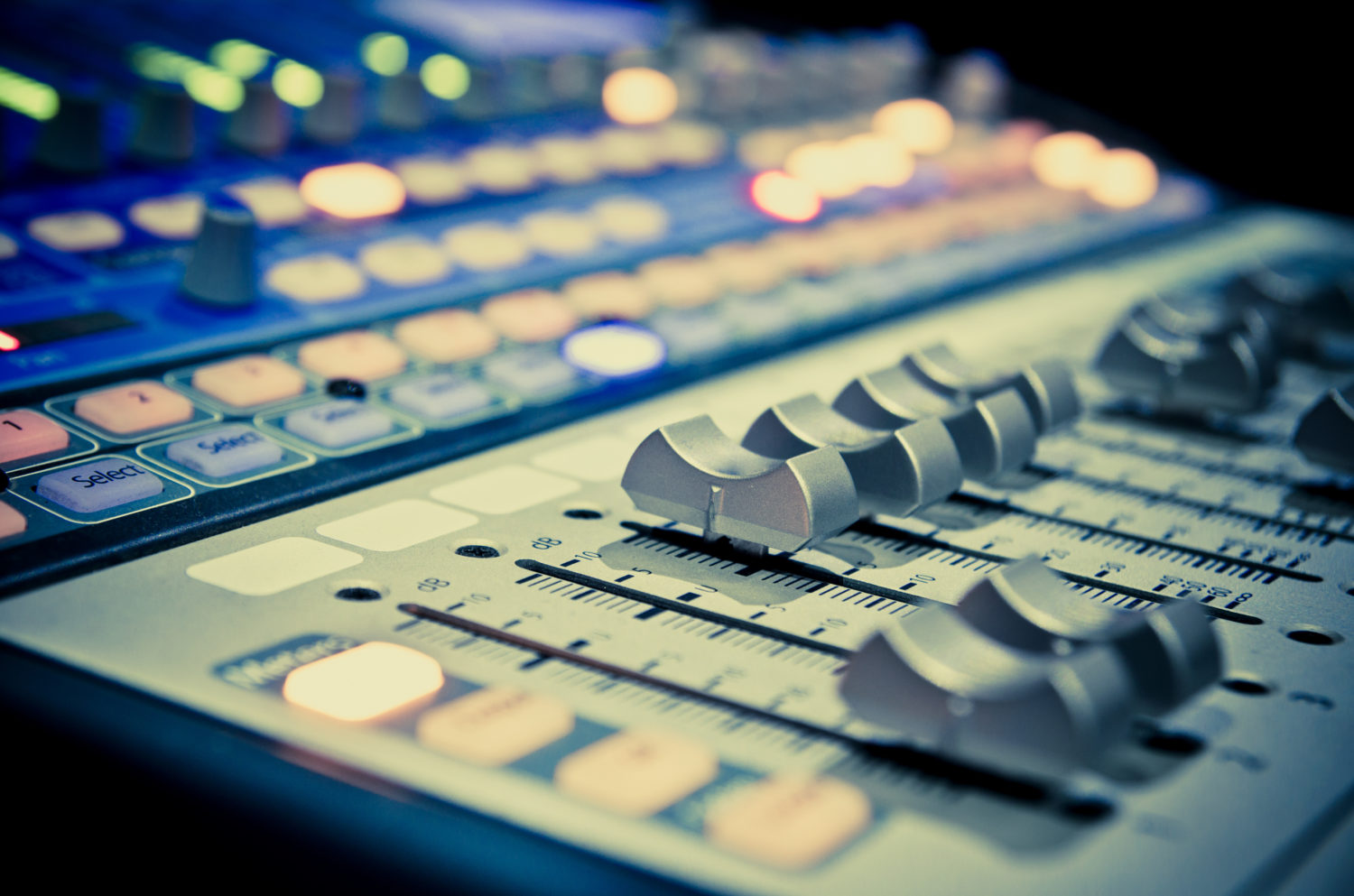Audio-Visual Services
We offer audio-visual services. Audio-visual equipment and IT infrastructures are now tightly integrated together. Understanding the complexities of both is a must. This is where we can help. Whether it is sound systems, digital signage or other audio-visual devices, call upon us to effectively support these systems.
Audio-Visual Lessons:
7 things to consider when using a sound system
The operation of a sound system can be a daunting task. There is an art to taking the principles of acoustics and audio electronics to successfully setup and run a sound system. These seven elements are important to any sound system and will help you succeed.
1 Mic Placement
The Most important consideration when using a microphone is placement. The placement of a mic will have a bearing on the strength and quality of the sound that a mic produces. The first step is placing the mic as close to the sound source as possible. This will ensure the signal to your sound system is strong and any other sounds around the intended source is not as loud when enters the sound system. One of the most common examples of uses for a mic is to amplify the human speaking voice. If the person on the mic is too far away, the strength of the signal to the sound system will be weak and often time will cause feedback when you turn it up to the desired level. If the person on the mic pulls the mic closer the strength of the signal and low end (bass) increases. This also is true for miking a musical instrument. The placement of a mic will determine the tone and quality of sound that you will get.
2 Mic Selection
Every microphone is different in design, sensitivity, tonal quality and intended use. Using a right mic for the job will go a long way in the successful use of a sound system. For example, if you are setting up for a person speaking you should use mic designed for this use such as a podium mic, a lavalier or a headset mic. Even between mics that are designed for an intended purpose may do a better job over another depending on the subject. Learning select the right mic is an artform.
4 Mixers
A mixer is a device that ties the sound system together. It combines two or more audio inputs into one output. It will sometimes be called sound board or ‘desk’. In addition to combining these audio signals they will contain a control for equalizer (EQ), reverb, aux and sometimes very complex audio tools. There are also two kinds of mixers: analog and digital. Analog mixers are the older type that take in analog signals and put out analog signals. Digital mixers, on the other hand, are audio computers that take in analog signals convert to digital and convert back to analog before it exits the mixer. Digital mixers offer a very sophisticated assortment of audio capabilities for the price but can sometimes be too complex for the average operator.
5 Monitors
Monitors are sometimes used in sound systems for the people on stage to hear themselves, instruments, etc. The sound operator will control the volume of the monitors from the auxiliary mix or ‘aux’ at the mixer, a totally separate mix built into the board. In bigger systems the monitors will have a separate mixer altogether. The use of monitors will add a additional layer of complexity to the audio system since there is another system within the main system. The complexity comes from controlling feedback and keeping track of which mix needs to be adjusted.
6 Speaker Placement
Placement of the main speakers (or ‘mains’) of an audio system is also an important consideration. Speakers are designed to put out the total range of sound from low frequencies to high. While the lower frequencies with bigger sound waves will generally reach most of the intended listener without much effort, higher frequencies with smaller sound waves require more attention to detail regarding the placement of the speaker. The idea is to make sure the intended listener will hear the high frequencies along with the rest of the audio spectrum at each location in the desired audience area. In addition, the placement of the speakers should be in front of the mics to cut down on feedback.
7 Feedback
Feedback is the totally annoying and painful screeching that you will sometimes hear from sound systems. It is caused by an audio signal that is coming out of the speaker being picked up by the mic which then comes out of the speaker again. The result of this endless cycle is feedback and occurs at any frequency. Control of feedback is another important element of sound system operation. Placement of the mic behind the mains and pointing away from all speakers is the first place to start. From there the audio level of the mic can be brought down on a mic that is feeding back. Another way to control feedback is to use the equalizer to reduce the frequency that is feeding back.
Does any of this sound familiar?
Here’s What We Offer

